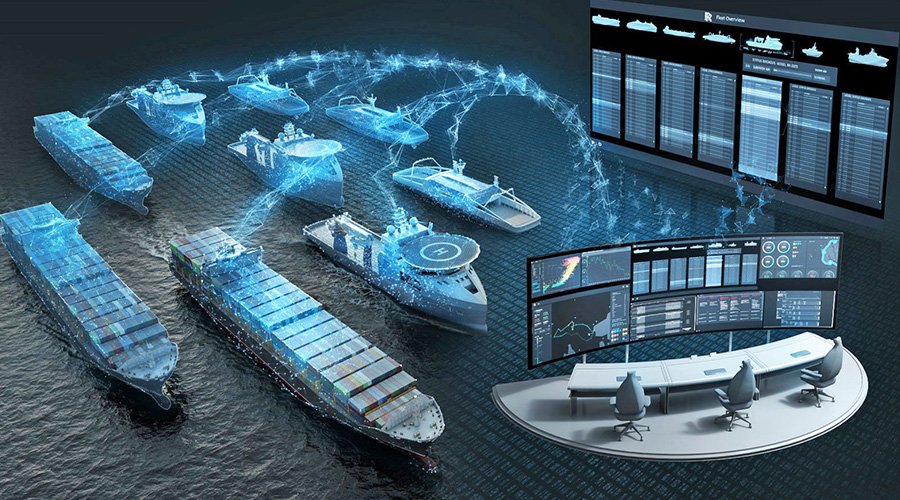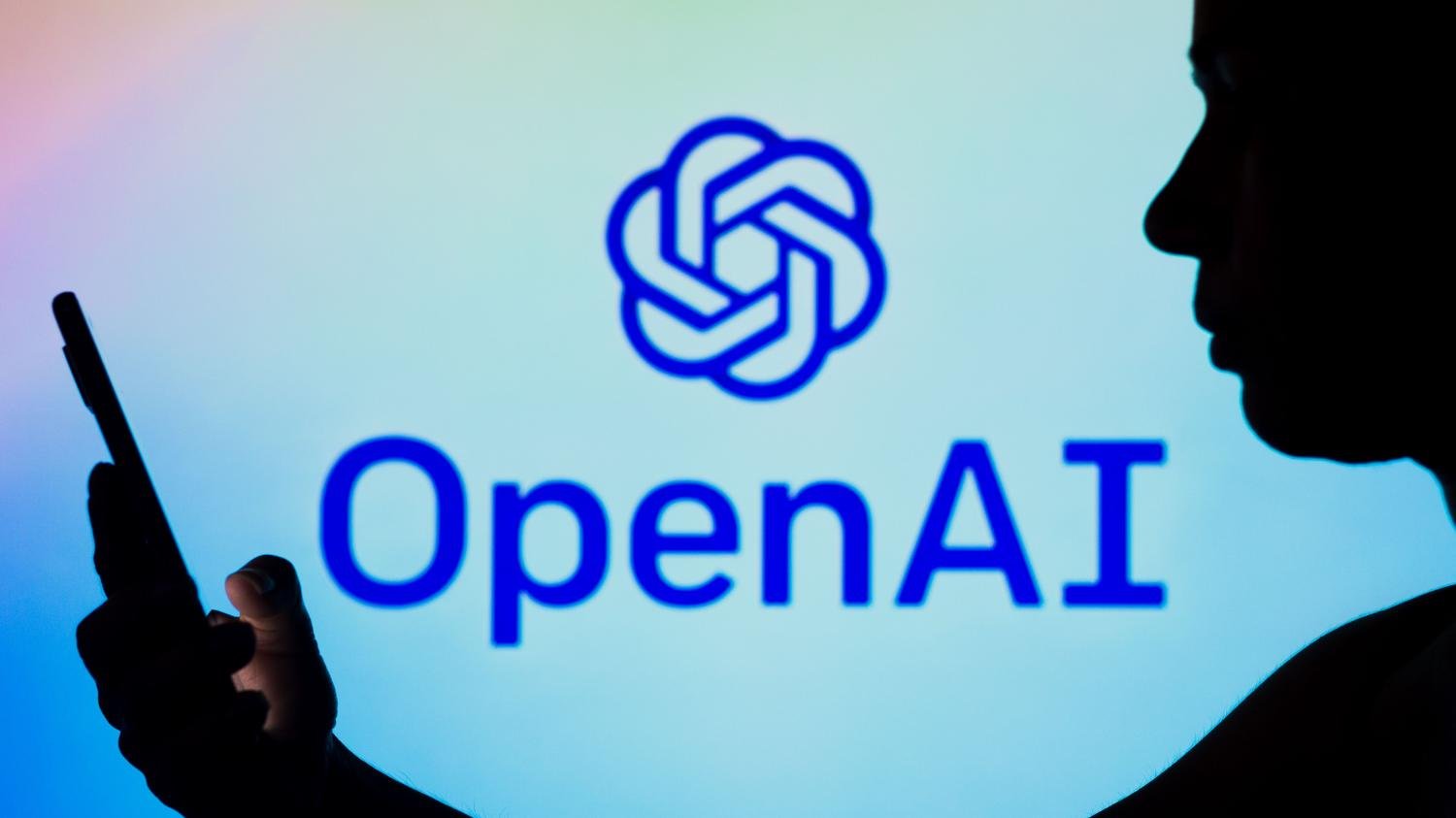Artificial intelligence (AI) is a rapidly advancing field that has the potential to revolutionize many aspects of our lives, from healthcare and transportation to entertainment and education. However, with the great potential of AI comes a great fear of the unknown. In this blog post, we'll explore the scariest thing about AI and the most amazing thing that AI can help the world with, as well as compare and contrast the positive and negative aspects of both.
The Scariest Thing About AI
Perhaps the scariest thing about AI is its potential to be used for malicious purposes. While AI has the potential to improve our lives in countless ways, it can also be used to automate harmful or unethical actions, such as cyberattacks or weaponized drones. AI can also perpetuate biases and inequality if not designed and implemented with care.
The Most Amazing Thing AI Can Help The World With
On the other hand, the most amazing thing that AI can help the world with is its ability to solve complex problems and improve efficiency. In healthcare, AI can help diagnose diseases and develop personalized treatment plans. In transportation, AI can optimize traffic flow and improve safety. In education, AI can personalize learning experiences and provide students with real-time feedback. AI can even help address climate change by analyzing data and predicting patterns to aid in mitigation and adaptation efforts.
Positive and Negative Aspects of AI
While AI has the potential to be both scary and amazing, it's important to weigh the positive and negative aspects of AI against each other. On one hand, AI can help us tackle some of the biggest challenges we face as a society, from improving healthcare outcomes to reducing our impact on the environment. On the other hand, if left unregulated or in the wrong hands, AI can perpetuate harm and inequality.
Embracing AI
Despite the potential risks associated with AI, it's important to remember that humans are ultimately in control of its development and use. By approaching AI with caution and responsibility, we can harness its potential for good and minimize its negative impacts. As AI continues to evolve, it's crucial that we continue to learn and adapt alongside it.
In conclusion, the scariest thing about AI is its potential to be used for harm, while the most amazing thing it can help the world with is solving complex problems and improving efficiency. However, by weighing the positive and negative aspects of AI against each other, we can approach AI with caution and responsibility, and ultimately harness its potential for good. And remember, folks, there's no need to be scared of AI – just like any tool, it's all about how we use it. So let's embrace the power of AI and continue to work towards a brighter future for all.







